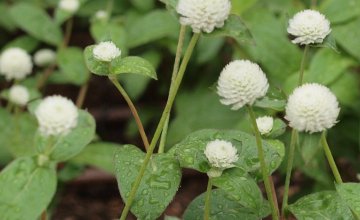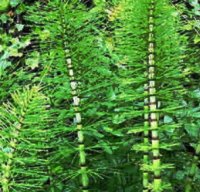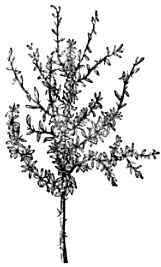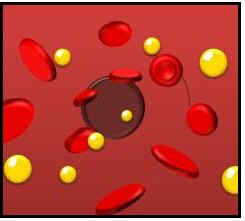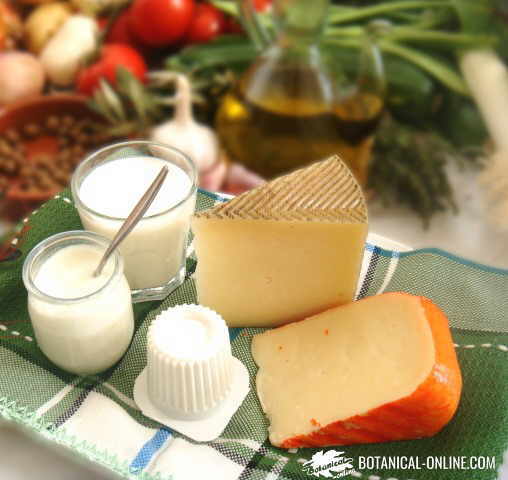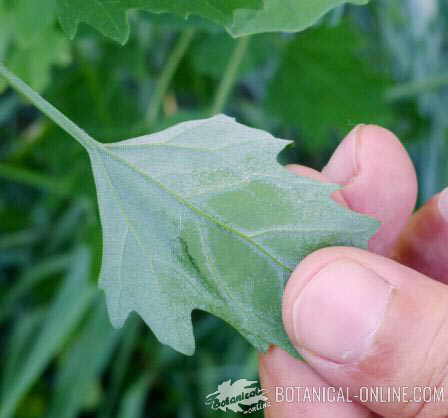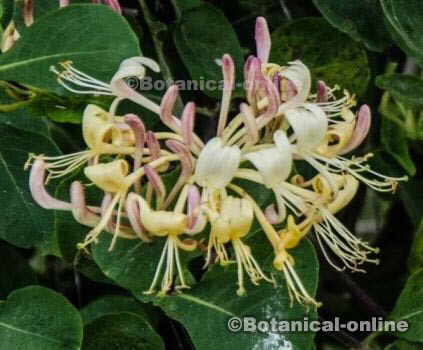Contents
What are raspberries?
Characteristics of raspberries (Rubus idaeus)
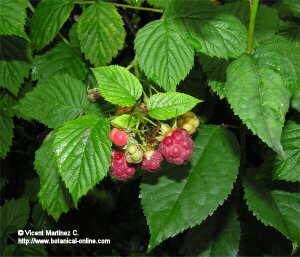
Wild raspberry (Rubus idaeus)
Raspberry plant (Rubus idaeus) is a plant of the Rosaceae family, within which many other shrubs are included, such as bramble (Rubus fruticosus), redcurrant (Ribes rubrum) or woodland strawberry (Fragaria vesca).
Other well-known trees belong to the same family, such as the apple tree (Malus domestica) or the almond tree (Prunus amygdalus). Also, some so common flowers in gardens such as roses (Rosa spp.)
Raspberries (European raspberries or red raspberries) are the fruits of raspberry plant
Description of raspberries
Red raspberries are perennial shrubs that reach approximately 2 m height.
They have woody, rounded, erect, red stems, fitted with overhanging slender branches, provided with straight thorns, much less resistant than blackberries.
Their leaves are pinnate and have from 3 to 7 serrated leaflets, fluffy on the back.
Their flowers can attain 1 cm in diameter. They are white and grouped in inflorescences up to 10 flowers each.
The fruits are aggregates of different berries (drupetum). They are also named raspberries. With a non-bright red color and soft texture, they become ripe in summer or autumn.
History of raspberries
Raspberry is a plant from North Asia and Eastern Europe. It is believed to have been first found on Mount Ida in Greece, because the Romans gave it the name Idaeus meaning “from Mount Ida.”
In fact, you can find plenty of them there, although it grows almost everywhere in Europe except in far northern areas. In Atlantic climates, it appears in lowland forests, heaths and rocky places, while in warmer climates it is found in higher areas, especially in mountain forests.
It is believed that the Romans promoted its cultivation in Europe. Many seeds of different varieties have been found in some remains of Roman fortifications in England.
The first written text about raspberries dates from the fourth century AD and appears in the work of the writer Palladio Opus agriculturae.
During the Middle Ages it was consumed as a fruit and used as a medicine. In the eighteenth century, its cultivation spread in Europe. European colonists brought the European varieties to America, where there were already other native varieties with which they hybridized, forming crossed varieties.
Where do raspberries grow?
Raspberries are opportunistic plants. They a great ability to colonize the empty spaces left after a massive fire or logging.
Extremely easy to grow, because they are very hard to diseases and adverse environmental conditions (They can hold up to – 40 º).
This makes them an abundant plant in the field and easy to grow at home, but this adaptability often also determines that they can become an invasive species that can spread and colonize fertile lands, where one could be interested in planting other species.
Something to be considered when you start your crop, paying an special attention to the branches not to extend too much, since these, in contact with the soil, produce roots that give rise to new plants. (See details about raspberries cultivation in the listing)
Uses of raspberries
Raspberries are grown primarily for their fruits. Raspberries are used to eat raw or prepare cakes, jams or stored canned.
For its richness in vitamin C, folic acid, magnesium, potassium, calcium, flavonoids and other components, raspberries are especially indicated for the health. (See more information on ” Edible properties of the raspberries“)
In addition to the raspberry fruit, these shrubs also have other edible parts:
- The tender roots, after thoroughly boiled, are also edible.
- The offspring growing from the soil in early spring, when tender, can be eaten as if they were asparagus.
How to distinguish raspberries fruits from blackberries fruits?
Although raspberries are quite similar to blackberries, they are quite easy to distinguish, as blackberries when ripe are black, while raspberries are red.
Unripe blackberries are also bright red, smooth and have a very acidic taste while raspberries are red and with some hairs.
Another way to distinguish the two fruits is the way they separate from the plant. Raspberries, when detached from the plant, show on top of them a cavity coming from the receptacle which remains attached to the twig, while berries do not have this hole, because, when you cut them form branch, the receptacle that is hooked to the fruit will be also separated.
![]() More information on raspberries.
More information on raspberries.

